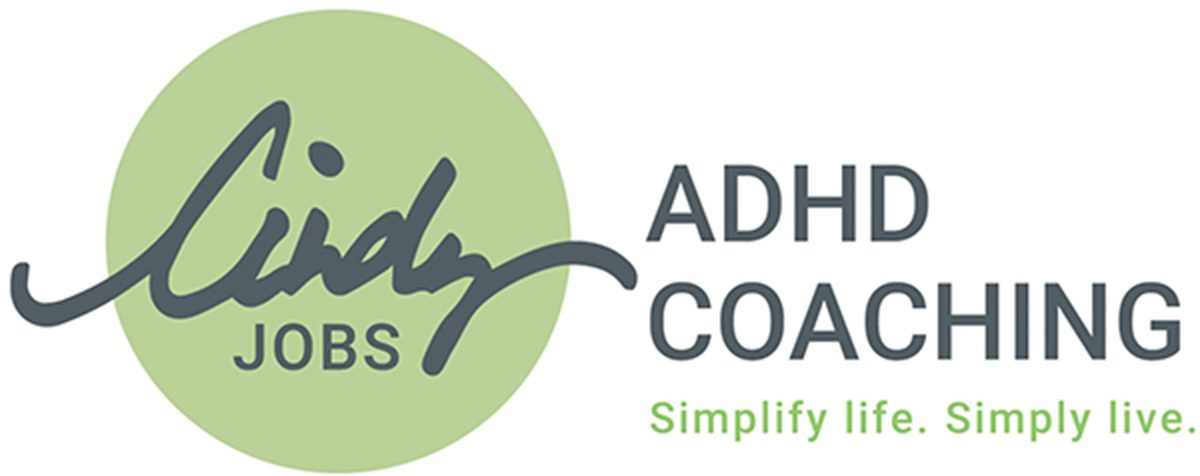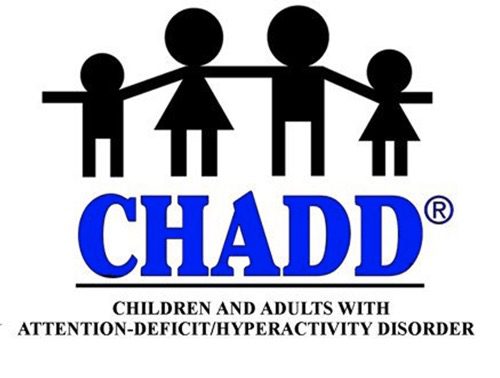My superpower
My clients arrive:
Uncertain
about how to work WITH their ADHD.
Frustrated
with not making the forward progress they KNOW is possible.
Worried
by INCONSISTENT follow-through and challenging social skills.
Hesitant
using boundaries that they RECOGNIZE would result in more control and less stress.
They leave with a greater awareness of their strengths, challenges, and a clear understanding of the tools, strategies, and support structures necessary to ensure follow-through on their intentions and goals.
The work we did with Cindy as our coach was invaluable in helping us attain our goal.

Coaching
ADHD coaching can change "I can't" into "I will." Coaching looks beyond limiting beliefs and creates the confidence to become more efficient, productive, and aligned with your life's purpose. Through a collaborative coaching process, I can help you create clarity around your goals, turn your intentions into action, and raise awareness of what you're learning. The result? Experiencing the success you've always known possible.
My passion
is helping individuals challenged with ADHD create the life they want to live through education, structure, and support. Through coaching, I help people simplify their lives and function at a higher level.
Frequently Asked Questions: Coaching
Do you meet in person, on the phone, or via video?
Each client interaction is different. I meet with most of my clients via Zoom twice per month; however, some clients prefer to have our appointments over the phone. Either way is equally effective.
How long will it take?
I ask all my clients to commit to a three-month program where we meet at least every other week. Once we have completed our second coaching appointment, the coaching frequency can be adjusted based on client needs. I meet with some clients every week, some every couple of weeks, and some I meet with once a month. Frequently clients come back for "tune-up" appointments on an as-needed basis as their life situations change. Whatever the coaching cadence, the length of the partnership is client-driven.
Believing is the first step to achieving
My clients' work is about more than just setting goals. I help them develop the confidence and self-reliance that will serve as the foundation to their continued success, even long after our work together is over. If you’re ready for a change, contact me for a free 30-minute ADHD Strategy Session to explore your next steps.
Ready to get started?
Through a coaching collaboration with me, you’ll learn to define your real goals, recognize areas of opportunity, call on your strengths, and harness your skills to ensure your desired outcome becomes a reality.









